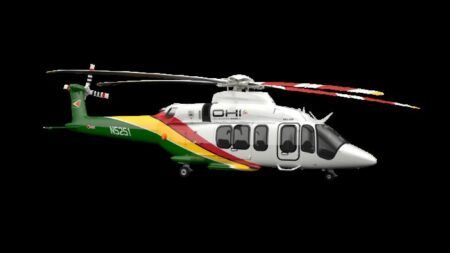The Flexible Aviation Laboratory Control Network (FALCN) is breathing new life into an old way of testing helicopter engines after they are repaired. FALCN is an important asset at the Missile Static Propulsion Division (MSPD) of the US Army’s Redstone Test Center (RTC) in Alabama, USA, but the software was never actually designed to be used this way.
Redstone Test Center was part of a plan to establish a new testing capability to allow one facility to do system level testing on numerous aircraft systems at once. However, funding received was far below the budget needed for the work. Rather than awaiting additional funding, RTC decided to start on the project anyway, using the money it had received for the software development.
“Although we had very good software in our test cell, we had outgrown it. We wrote the requirements for new software, keeping the new project in mind,” said Ken Boyd, test engineer with RTC’s Missile and Sensors Test Directorate. “Soon we realized the vast applicability of FALCN.”
They soon realized the new software would be a great asset at MSPD and specifically, the Flexible Engine Diagnostic System (FEDS) would benefit from its development.
“The FEDS verifies proper engine operation after maintenance, before you trust an aircrew’s life to it,” said Boyd. “FEDS was a system constructed in the 1990s and based on 1990s software and components, many of which are becoming hard to replace,” he added. But the new software is changing that. This new system is now called the Modernized Flexible Engine Diagnostics System, or MFEDS.
FEDS and MFEDS consist of three trailers connected to a control cab, which is an environmentally protected enclosure from which the test operator conducts the testing. MFEDS essentially replaces the outdated control cab with a new digital, data-acquisition-system control cab that is easily maintained.
“FALCN represents an organic capability that was developed right here at RTC. We designed and tested a system that is being used somewhere else. It’s expandable almost infinitely with relatively easy configuration. We could write a driver for just about anything,” said Boyd.
December 10, 2015





